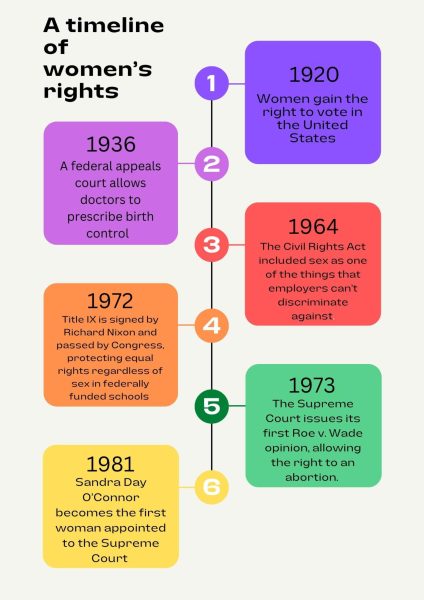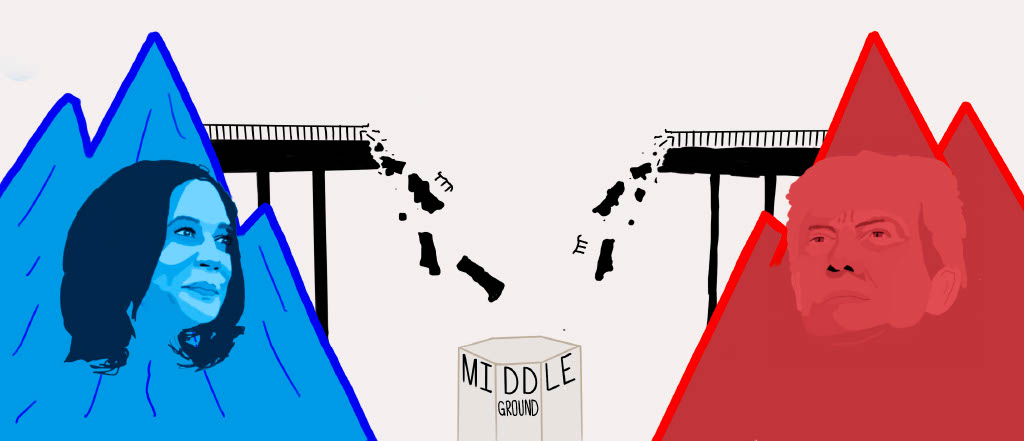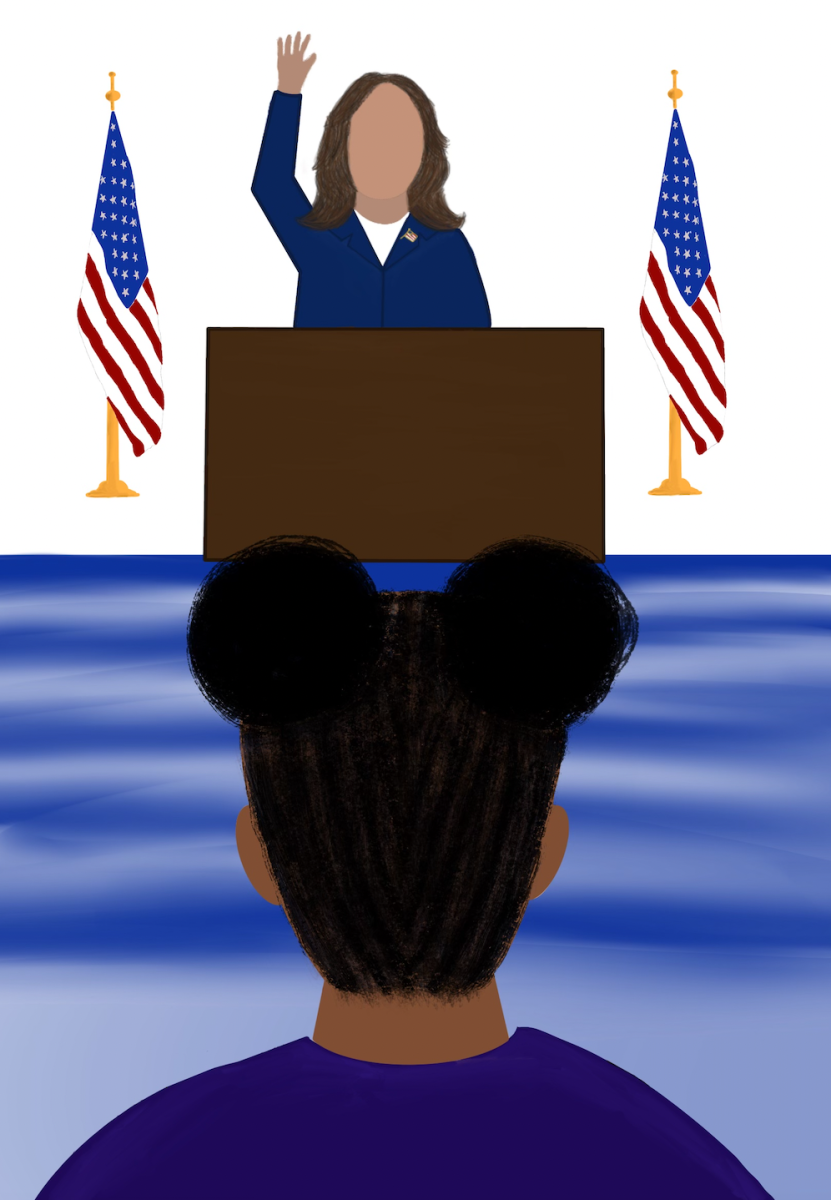Anyone who has looked at the Tamalpais Union High School District (TUHSD) website might have noticed the small blue tab under “About Us” labeled “Title IX (Sex-Based Discrimination).” However, many fail to realize that this small blue tab represents a much bigger concept than it may seem: the civil rights law that protects students from prejudice based on sex in schools and promotes equality for all regardless of gender.
On June 23, 1972, Title IX was signed into federal legislation by former President Richard Nixon, stating “no person in the United States shall, on the basis of sex, be excluded from the participation in, be denied the benefits of or be subjected to discrimination under any educational program or activity receiving federal financial assistance.” This law essentially mandates that public schools cannot show prejudice based on one’s sex. This prejudice includes sexual harassment, sexual assault and any form of sexual discrimination, including any occurring in athletics and other school programs.
After being signed, the law went through multiple stages of review, including regulations from the executive, judicial and legislative branches of government. The law also faced an attempted veto in 1988 by former President Ronald Reagan, who argued that it exercised unjust federal power over private organizations. The veto was overridden by Congress, halting any further changes to the law for the foreseeable future. However, in 2020, Title IX underwent a significant change which ensured that all schools receiving federal funding were updated in terms of Title IX for the start of the 2024-25 school year. This change was put into action on Aug. 1, 2024.
The new regulations were implemented by the United States Department of Education under the Trump Administration. The most notable changes included new staff training requirements and detailed procedures for dealing with formal sexual harassment complaints.
 One of TUHSD’s Title IX coordinators, Assistant Superintendent of Educational Services Kelly Lara, believes in the importance of consistently updating Title IX within the district.
One of TUHSD’s Title IX coordinators, Assistant Superintendent of Educational Services Kelly Lara, believes in the importance of consistently updating Title IX within the district.
“We’re always updating our policies in the district; we just went through a very big update cycle with all of our board policies and administrative regulations,” Lara said.
She also mentioned how the district collaborates with others to ensure they have the most updated policies.
“We work with the California School Board Association, which is constantly pushing out new information about new laws, whether federal or state and new practices that we can use to update our policies. [And we collaborate with] partner law firms that constantly have information on new laws and are always looking at policies and providing new information,” Lara said.
However, law firms and the California School Board Association aren’t the only programs that Lara works with.
“Sometimes we’ll bring in an outside, neutral investigator who doesn’t work for our school district. When we have an investigation that’s going to be very large and involve many people, it’s best to bring in an outside party who is deeply experienced in conducting those types of sensitive investigations,” Lara said.
Lara and district staff, especially administrators and student service groups, get updated training every year. This training requires staff to have the skills to identify the problems that fall under Title IX, know the general responsibilities under it and report issues to one of the district coordinators.
According to Lara, one of the problems that frequently comes up is student-to-student harassment.
“Students regularly report interactions they’ve had with one another that were harmful or made them feel uncomfortable. Then, we go through them to learn more about what happened. We want students to be able to go to a trusted adult, whether that be a counselor, a teacher or someone else,” Lara said.
Lara also mentioned how most instances where Title IX comes into play regarding student-to-student interactions could have been prevented if consent had been given.
“Consent and coercion are the two things that come up most; gathering consent is how we open up to one another and how you’re certain that you’re both open to engaging in whatever activity you might be about to do. I think our young people need to learn more about that,” Lara said.
Callie Mock, junior and member of Peer Resource, believes there is a lack of knowledge about consent in younger generations.

“In Peer Resource, we target sexual consent and study peer pressure and misconceptions of consent. [We’ve learned that] especially with teenagers and the use of drugs and alcohol, most people think it’s a ‘yes’ even if it’s just a head nod. But they need to be aware, conscious and feeling okay in their headspace [in order to consent], and a lot of people forget that,” Mock said.
Mock also addressed why having programs such as Title IX and Peer Resource are valuable for students.
“[Title IX and Peer Resource] give ways to spread awareness, and they also create a much more inclusive environment at Redwood,” Mock said.
LaSandra White, Senior Director of Human Resources at TUHSD, explained how having Title IX is important for not just awareness and inclusivity, but also equality.
“[Title IX provides] equity and ensures there’s no discrimination against anyone, whether it’s women or people of a different gender or race. The district has done a lot to ensure [discrimination doesn’t] happen, but nothing’s perfect, so having [Title IX] as an avenue to report that information is important,” White said.
Title IX is essential for creating a fair and supportive environment in schools. As the Tamalpais Union High School District keeps updating its policies, it’s clear that teaching students and staff about consent, harassment, and inclusivity is vital. By building a community where everyone feels safe and respected, the district not only follows the principles of Title IX but also empowers students to speak up for themselves and each other. It’s all about staying informed and engaged—everyone has a role to play in fostering respect and understanding, helping to ensure that all students can thrive together.






